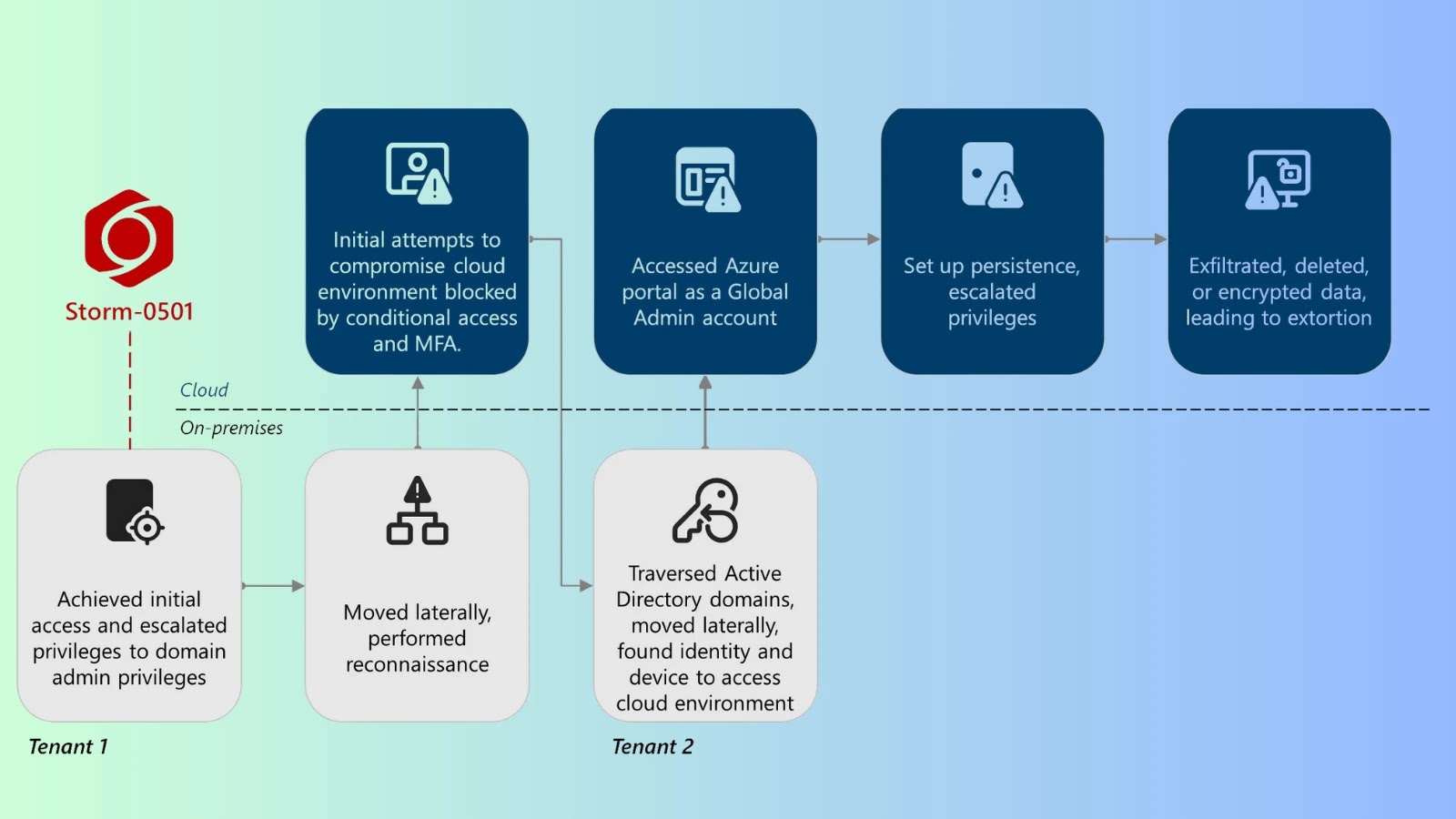In today’s digital landscape, organizations have fortified their endpoints with advanced security measures, including real-time telemetry, rapid isolation, and automated rollback capabilities. However, email systems—the primary entry point for cyber threats—often remain protected by outdated filters reminiscent of the 1990s. This imbalance leaves a critical vulnerability unaddressed.
Email continues to be a leading vector for cyber breaches. Yet, many organizations treat it as a static stream of messages rather than a dynamic environment rich with OAuth tokens, shared drive links, and years of sensitive data. The focus must shift from merely blocking malicious content at the gateway to rapidly detecting, containing, and mitigating damage when an attacker inevitably infiltrates the system.
This perspective necessitates adopting an assume-breach mindset, similar to the approach that has transformed endpoint protection.
The Evolution of Endpoint Security
Historically, antivirus (AV) solutions were effective at identifying known threats. However, they often failed to detect zero-day exploits and novel malware. This gap led to the development of Endpoint Detection and Response (EDR) systems, which provide continuous visibility and rapid response capabilities after an attacker has compromised a device.
Email security is experiencing a similar evolution. While Secure Email Gateways (SEGs) effectively filter spam and common phishing attempts, they often miss sophisticated attacks that define the modern threat landscape, such as:
– Payload-less Business Email Compromise (BEC): These attacks manipulate users into transferring funds or sensitive information without using malware.
– Delayed-Action Malicious Links: Attackers send emails with links that appear benign upon delivery but become malicious later, bypassing initial security checks.
– Account Takeovers: Using stolen credentials, attackers gain unauthorized access to email accounts without deploying malware.
Once an attacker compromises a single mailbox, they can access a network of OAuth applications, shared files, chat histories, and calendar invites within platforms like Microsoft 365 or Google Workspace. This lateral movement often goes undetected by SEGs, as the malicious activity occurs entirely within the cloud environment.
Lessons from Endpoint Security
The key advancement in endpoint security was recognizing that prevention alone is insufficient. Continuous visibility and swift, automated response are essential. EDR platforms enable security teams to monitor process trees, registry changes, and network calls. When a threat is detected, they can isolate the affected host and roll back changes from a centralized console.
Applying this approach to email security would empower administrators with similar capabilities:
– Message Reversal: The ability to retract delivered emails from all inboxes.
– OAuth and File Share Management: Control over OAuth scopes and shared files to prevent unauthorized access.
– Mailbox Isolation: Immediate freezing or multi-factor authentication (MFA) challenges for mailboxes when suspicious rules are created.
– Activity Timelines: Detailed logs showing who accessed sensitive information after a credential compromise.
This EDR-like approach to email security assumes that attackers will eventually breach the system and focuses on detecting, investigating, and containing the damage promptly.
Leveraging API-First Solutions
Implementing post-delivery controls in email security has traditionally required complex configurations or additional endpoint agents. However, cloud-based platforms have simplified this process.
APIs like Microsoft Graph and Google’s Workspace APIs provide secure access to essential telemetry data, including mailbox audit logs, message IDs, sharing events, and permission changes. These APIs not only offer visibility but also control, enabling actions such as:
– Token Revocation: Immediately invalidating compromised OAuth tokens.
– Message Removal: Retracting delivered emails from all recipient inboxes.
– Rule Management: Deleting unauthorized forwarding rules to prevent data exfiltration.
By integrating these API capabilities, organizations can enhance their email security posture, ensuring rapid detection and response to threats within their cloud environments.
Conclusion
As cyber threats continue to evolve, so must our approach to email security. Relying solely on traditional filters is no longer sufficient. By adopting an EDR-like strategy that emphasizes continuous monitoring, rapid response, and leveraging modern APIs, organizations can better protect their email systems from sophisticated attacks.



